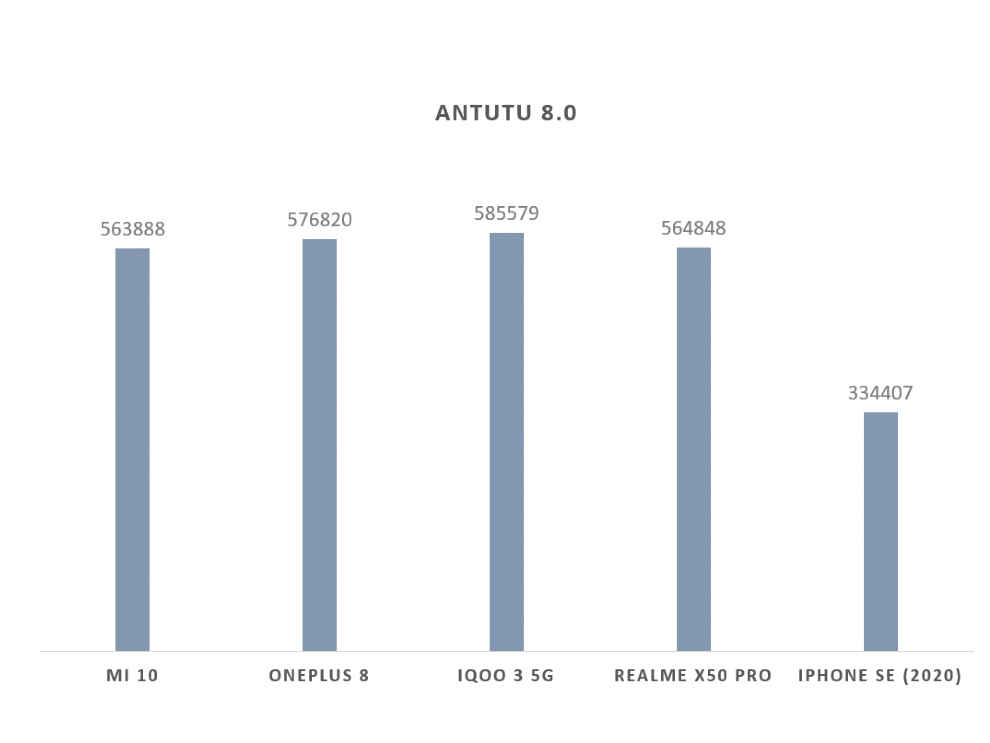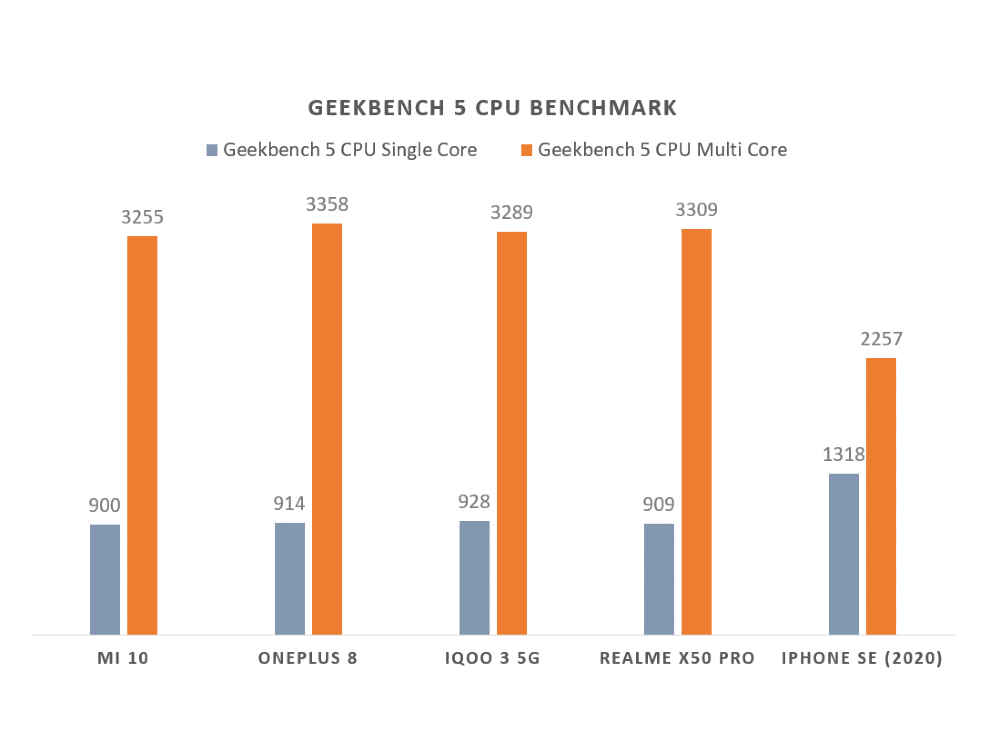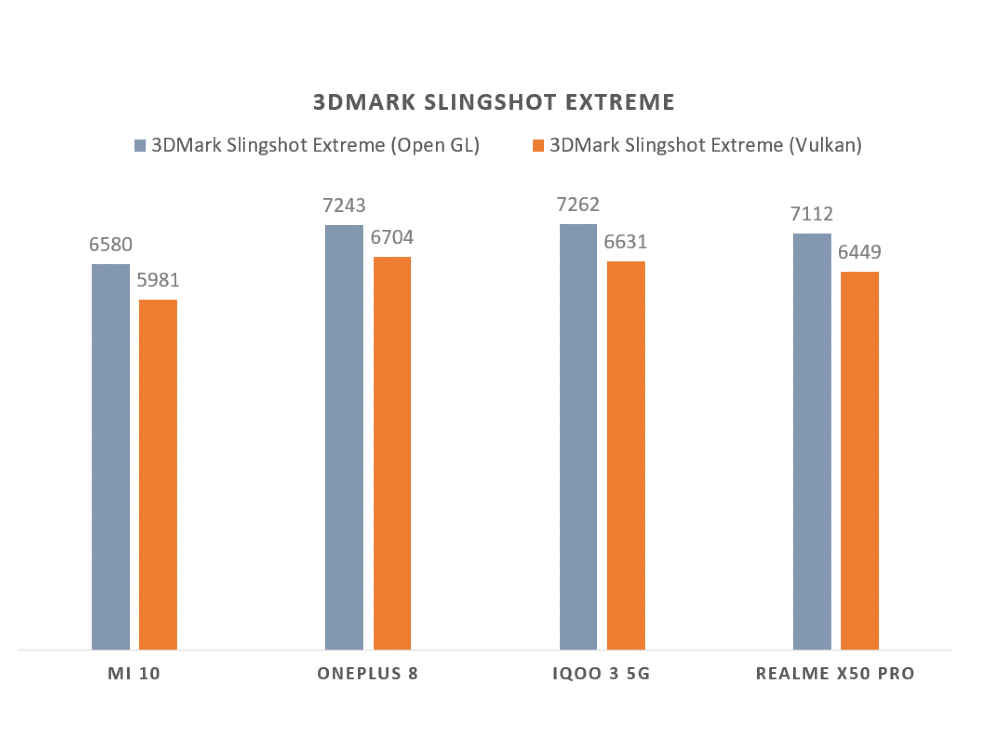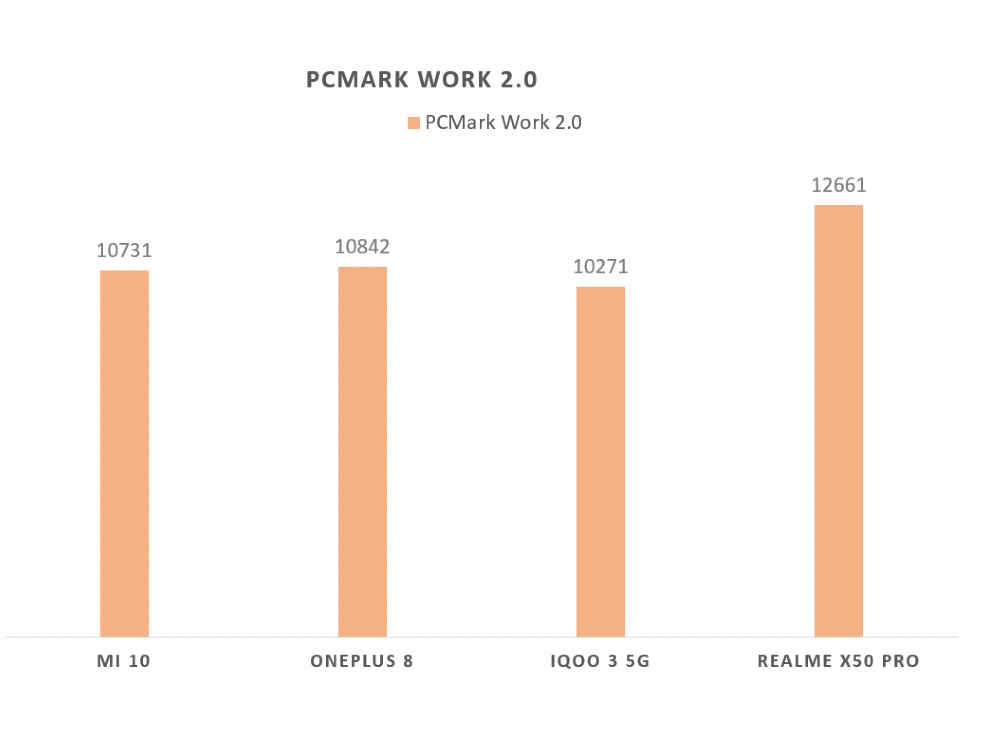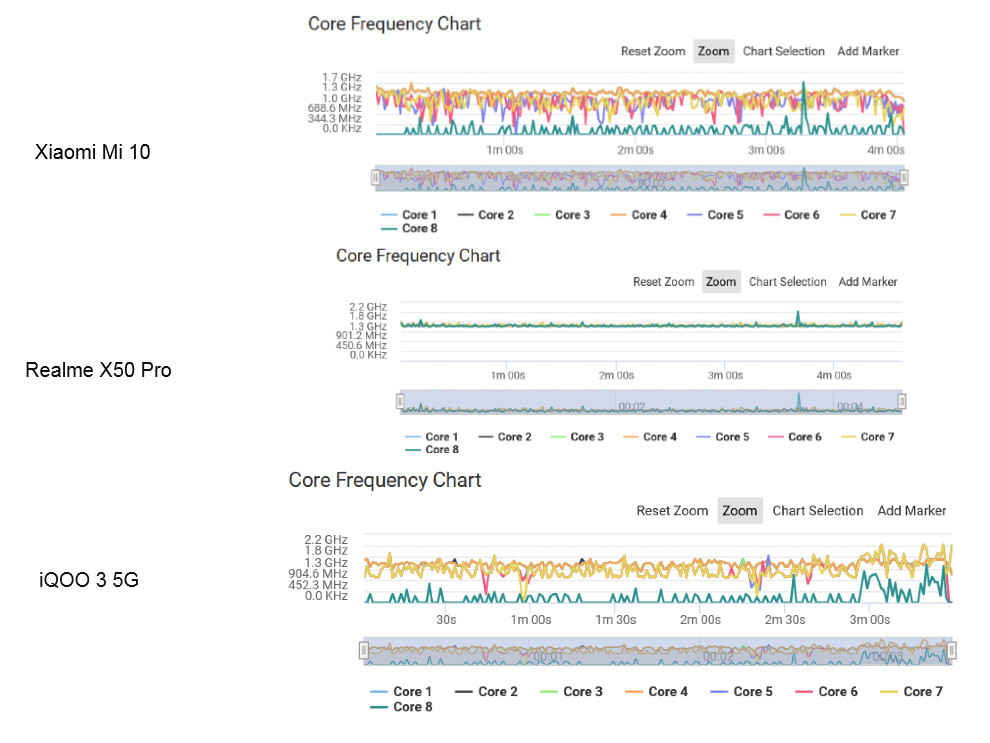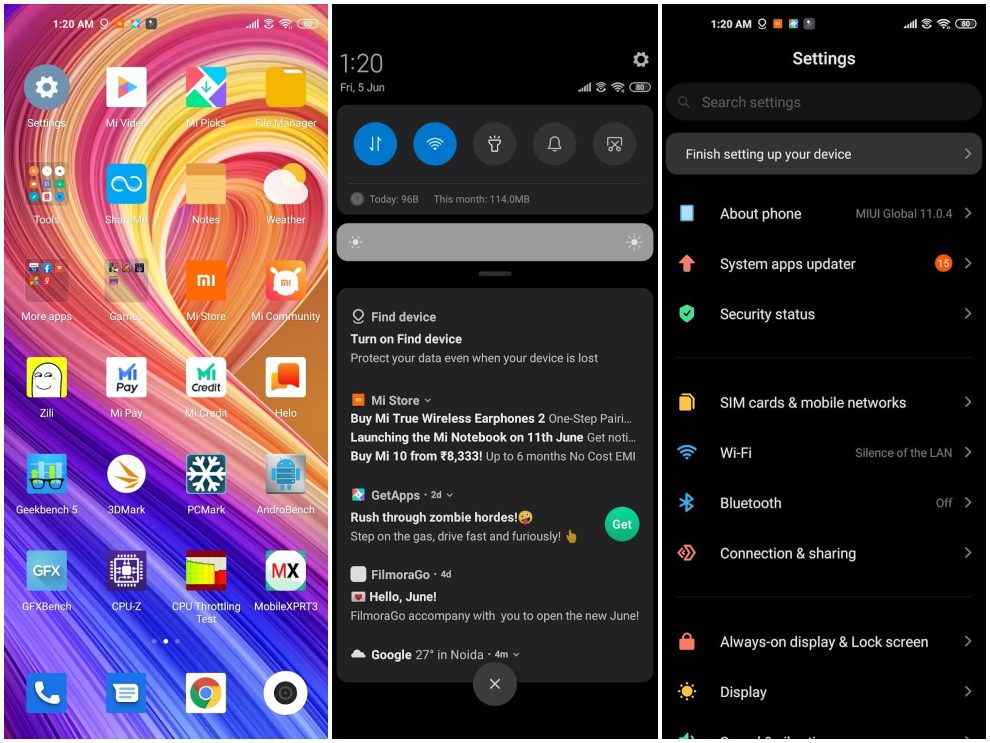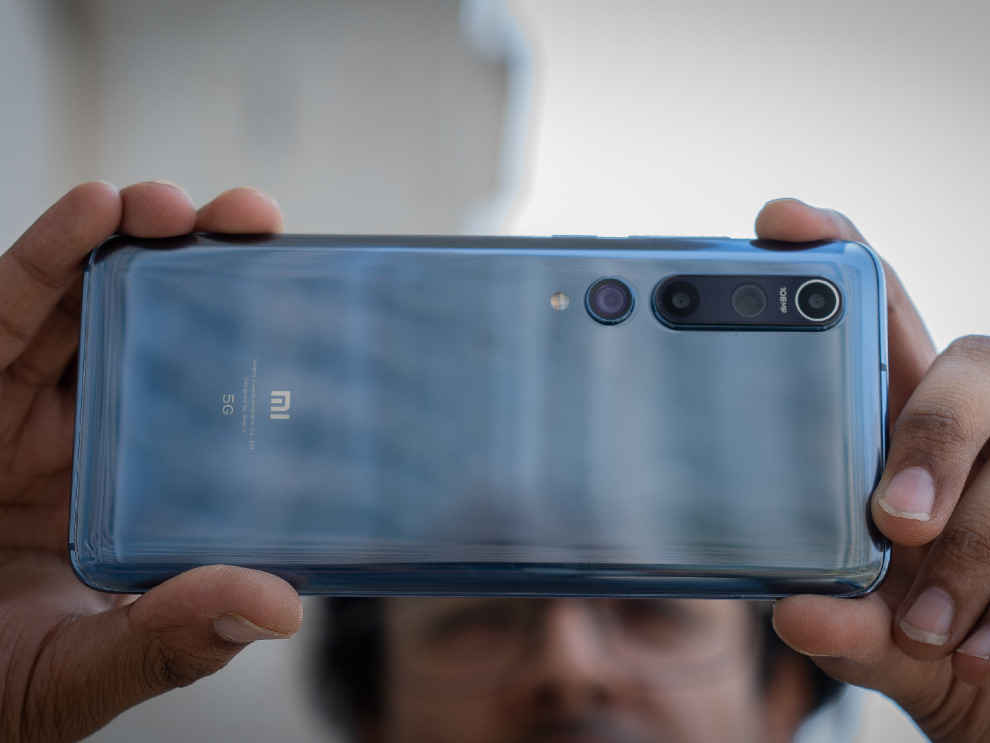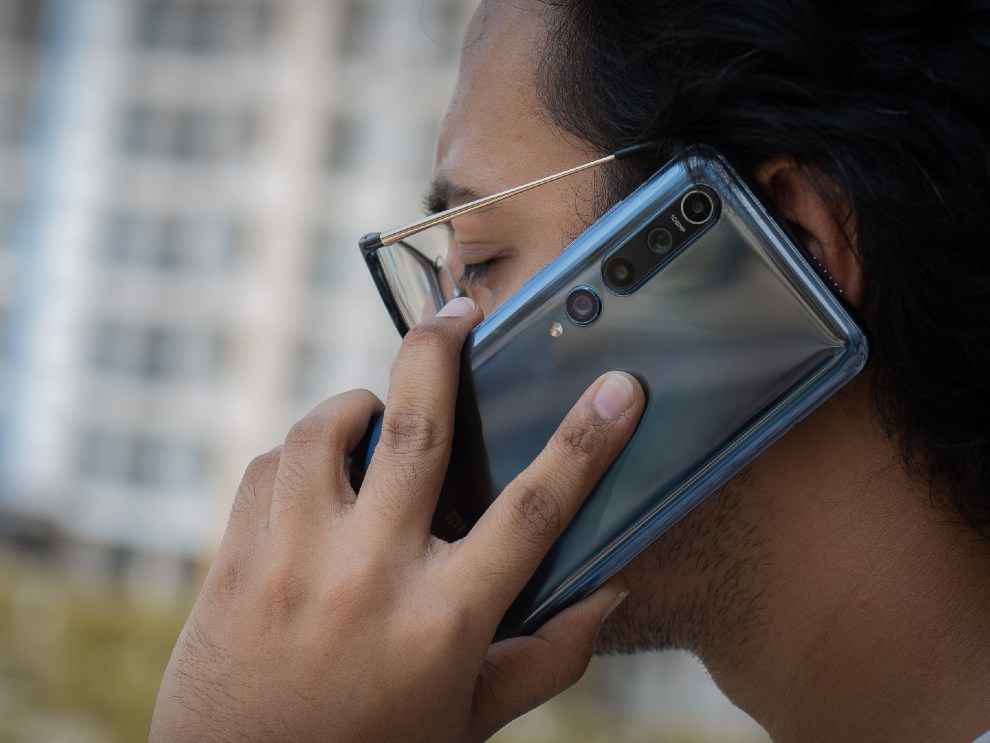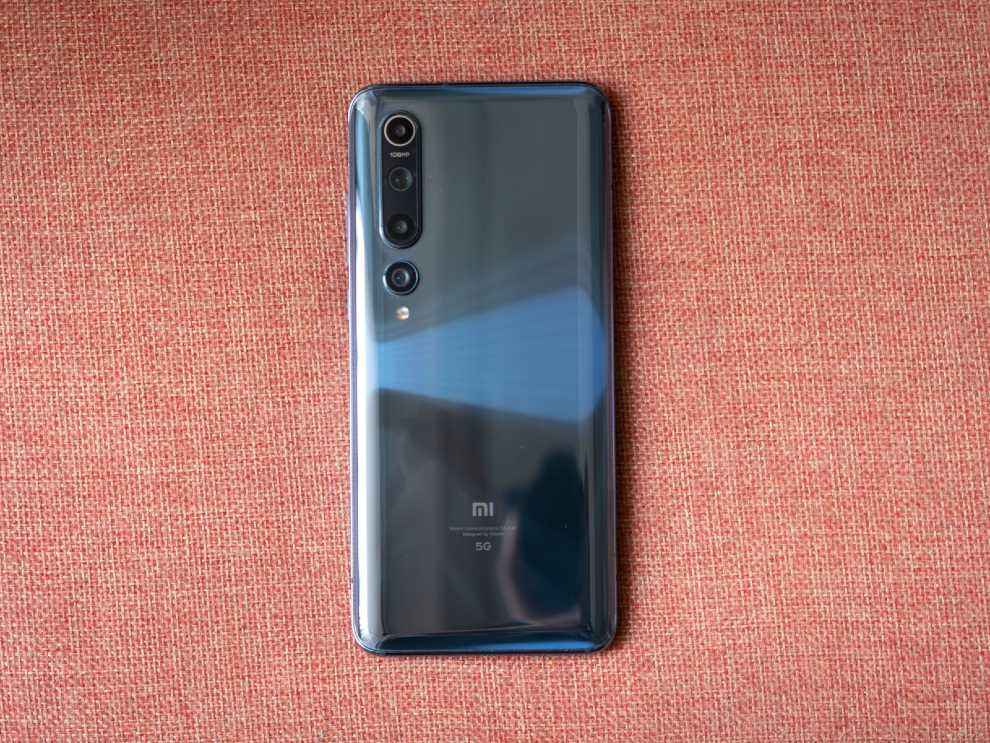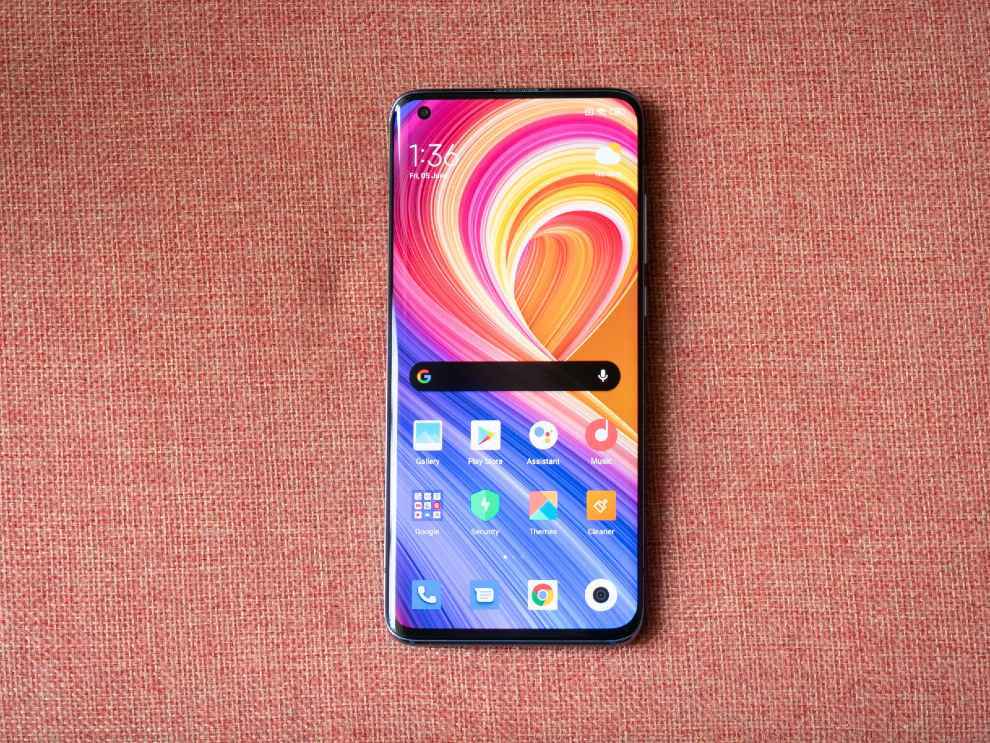
The Xiaomi Mi 10, for all that it offers, gives you a good bang for the buck.The price tag is slightly on the higher side if you compare against some of the 5G flagship phones launched this year, but for the premium, the Mi 10 offers an excellent display, and a reliable primary camera alongside flagship performance chops.
The Xiaomi Mi 10 is the company’s third attempt to break into the premium segment, after being absent from it for a few years. But as fate would have it, the Mi 10 launched amidst the worst pandemic the world has seen in recent years, making it even more difficult for the company to convince buyers to pitch in half a lakh for a Qualcomm Snapdragon 865 processor, especially when the brand itself is majorly known for its low-cost smartphones in India. The task gets even more difficult when there’s already a Snapdragon 865-powered flagship available for Rs 34,990.
But after using the phone for more than a week as a daily driver, it’s clear that Xiaomi has now matured enough to make a wholesome flagship smartphone that cuts way above its budget phones. It’s not flawless, though, by any means. Here’s our review of the Mi 10 —
Xiaomi Mi 10 specs at a glance
The Mi 10 has all the hardware chops worthy of a 2020 flagship smartphone. That includes the Snapdragon 865 chipset under the hood, 8GB of LPDDR5 RAM and 256GB of UFS 3.0 storage. At the back is a 108MP primary camera, one of the largest sensors available for smartphones right now, combined with a 13MP ultrawide camera, along with macro and depth sensors. If you haven’t guessed already, the 108MP camera is the marquee feature of this smartphone, but there’s a lot more to the phone than meets the eye.
Xiaomi Mi 10 Hardware Performance
Benchmark analysis
The Qualcomm Snapdragon 865 inside the phone basically guarantees top-notch performance in Android flagships. Qualcomm has made some incremental changes in the architecture that does show a boost in performance in the benchmark numbers, but to be frank, I didn’t feel any difference coming from the ROG Phone II, which I’m using presently as my primary daily driver. Xiaomi is also using the full suite of Snapdragon 865, that includes all the RF upgrades required for 5G connectivity, and Snapdragon Elite Gaming features including HDR gaming.
Combined with the latest RAM and storage module, we have a tried and tested formula for smooth and stable performance in the Mi 10. Here’s what the benchmarks have to say —
When pitted against other Snapdragon 865-powered flagships and the new iPhone SE (2020), we see some interesting results. The Mi 10’s scores in all CPU benchmarks are slightly lower than what others like the iQOO 3 5G, OnePlus 8 and Realme X50 Pro achieve, but well within the margin of variance we expect in benchmark scores, indicating that the Mi 10 performs no different than other flagships in 2020, and is every bit a modern-day performer. An interesting thing to note here was how the iPhone SE (2020) simply crushes the single-core performance on Geekbench 5, scoring well above the rest.
Real-world usage
In terms of daily usage, the Mi 10 feels smooth and fast. It takes less than 30 seconds to boot up, and when unlocked, goes instantly to the homescreen. The ultrasonic fingerprint sensor is fast, but you will hardly get to use it when face recognition is turned on. The phone’s 90Hz display also makes things appear smoother when scrolling down a menu or simply swiping across the home screen. In all, the Mi 10 is just as good as any other flagship from 2020 in day to day usage.
Gaming Performance
Now let’s look at gaming, what has become a cornerstone in our performance testing. We did short sessions of PUBG Mobile, CoD: Mobile and the new Forza Street and measured performance using GameBench.
The results, not surprisingly, are quite impressive. Both CoD: Mobile and PUBG Mobile hit 60 FPS with 100% stability-indicating there were no frame drops in the sessions. But before you go out and brag, remember the iQOO 3 5G and the Realme X50 Pro 5G also performs similarly with all metrics maxed out. The phone also didn’t heat up even though we played with all settings maxed out in a non-air-conditioned room with the Delhi summer at full blaze.
While the top-notch gaming performance was more or less a given considering the hardware it packs, the CPU behaviour while gaming drew my attention. The Xiaomi Mi 10 maintains highly variable CPU frequencies across all cores, likely to improve power efficiency while gaming. Having said that, the prime core of the Snapdragon 865 which can hit up to 2.84GHz, is hardly used and most of the heavy lifting is delegated to the mid and efficiency cores. Even when the prime core is engaged, it only goes up to 1.8GHz at its peak. And that’s across all the three games we played.
In contrast, the Realme X50 Pro has a more uniform frequency distribution while the iQOO 3 5G keeps the prime core running at minimal clock speeds and the mid and efficiency cores are flatlined at around 1.5GHz.
Observing unique CPU behaviour across multiple Snapdragon 865 devices gives a peek how OEMs like to tune their smartphones to achieve the highest possible performance in games. The difference is likely to ensure sustained performance and conserve power.
Xiaomi Mi 10 Software Performance
The Xiaomi Mi 10 runs on MIUI 11 based on Android 10, and here’s where most users looking for a flagship experience may be a little disappointed, while old Xiaomi users upgrading from a mid-ranger will feel right at home. There’s no app drawer for one, and while I understand that has always been the case with MIUI, I would have at least liked the option to turn it on if I’m paying half a lakh for a phone. Then there’s the usual set of bloatware that phone comes riddled with. Most of them can be uninstalled, but some, like the Mi Browser which was recently embroiled in a data leakage scandal, can’t be uninstalled.
Another big backlash that Xiaomi faces is the way it monetises MIUI by serving ads. Thankfully, since this is a flagship offering, Xiaomi has promised no ads. But that’s sadly not the case if you count the dozens of spam notifications I received from the GetApps app store and Mi Videos. And these are apps I never opened for once during my time of use. The only way to get rid of them is to disable notifications from these apps from the Settings. Even better, is to use a custom launcher. I recommend the Microsoft Launcher, which solves every issue I have with MIUI.
And if you get past the bloated interface, the missing app drawer and the spam notifications, there’s a lot to like about MIUI. Especially, the customisation it offers with support for third party themes and icons. The interface is also optimised for the 90Hz panel, and the UI colours look nice and vibrant, and dare I say, quite premium.
The software is perhaps the biggest factor that pulls this smartphone down, against more refined ones like OxygenOS and Samsung’s OneUI.
Xiaomi Mi 10 Camera Performance
This is where Xiaomi puts most of its money on. The Mi 10 is the first smartphone under Rs 50,000 to rock the 108MP camera sensor developed by Samsung’s imaging team. The sensor measures 1/1.33”, second only to the size of the custom sensor used in the Huawei P40 Pro+. The large sensor size accommodates more than a 100 million 0.8 micron pixels, which helps in achieving noise-free digital zoom and a fair amount of detail at 100% crop. The sensor also outputs 27MP photos by default by binning four neighbouring 0.8um pixels into a large 1.6um pixels, the same technology used in the previous 48MP and 64MP cameras.
Aside from the 108MP camera, there camera setup is disappointingly average. There’s a 13MP ultrawide and two 2MP sensors for macro and portrait photos. Indeed, the final JPEG output is largely improved by the new Spectra ISP on the Snapdragon 865 which works in tandem with Xiaomi’s colour-boosting AI algorithm and HDR mode to produce photos that look highly palatable. Here are some examples —
Image samples in this review have been resized for the web. To check out the full resolution, head to our Flickr Page here.
Xiaomi Mi 10 108MP output
The 108MP camera is really one of the best out there in terms of the sharpness you get in landscape shots. Things like food needs to be shot from a little distance. Shooting it up close doesn’t keep the entire frame in focus because of an inherent flaw in the design of these large format sensors (explained wonderfully by Android Authority). Keep an eye on the file size though. It can range from anywhere between 40MB to 15MB, and there are times the binned output is larger than the 108MP output.
Having said that, the Mi 10 does tend to saturate the colours to make photos look more palatable, and the white balance can go a bit haywire when shooting sunsets. The dynamic range also leaves a lot to be desired, although it can be improved in a photo editing app like Snapseed.
Xiaomi Mi 10 27MP (Binned) output
The 27MP binned mode expectedly outputs photos that look far better than the 108MP mode, with perhaps the best colour blend we have seen on a smartphone in this price. The 27MP mode is also where Xiaomi’s AI and HDR algorithms are deployed, so the dynamic range is far better here than in the 108MP mode. The colours also tend to pop out, but the details at 100 per cent crop shows noise and the undesirable water colour effect.
Ultrawide lens
The output from the 13MP ultrawide lens doesn’t show distortions but details around the edges of the frame are practically non-existent. The center sharpness is laudable, however while the colours achieved are bright and vibrant. The ultrawide lens’ small f/2.3 aperture doesn’t allow the camera to be much useful after the sun sets.
2X Digital Zoom
2X Zoom at 108MP
The Mi 10 offers 2X digital zoom which can be extended up to 10X. However, it’s barely usable at that range. 2X zoom is available both in the binned mode and the 108MP mode, which is something we’re seeing for the first time. I suppose the large size of the sensor allows for a nicely detailed crop, which is how the camera achieves the zoom. The details will be lesser as compared to a photo taken at 1X, and noise starts creeping up from 4X and beyond.
Night Mode
The Mi 10’s night mode works as advertised, and while it can’t achieve the sharpness of the new iPhones or even the Huawei P30 Pro. The results are unpredictable. Some shots come out super sharp while some look shaky, and some even looks like day. The good thing is the default mode captures a lot of light even at night, and you can easily experiment with using the night mode or just use the default binned mode.
The other modes work as advertised, so we won’t be delving deep into them. You can check out all the samples in their full resolution in our Flickr dump.
Macro mode
Portrait Mode
Front Camera
Xiaomi Mi 10 Battery Life
The Mi 10 packs a large-ish 4780mAh battery with support for 30W wired and wireless charging. The latter is something we are only seeing for the first time this year, and while I’m not much of a fan of wireless charging, it’s quite convenient to just prop the phone on the wireless charging stand (requires to be bought separately for Rs 2,299) for an hour to see the phone charged to 70 per cent. It takes roughly an hour and a half to reach full capacity on wireless charging. Wired charging is slightly faster, finishing the task with 65 minutes during our run.
As for the battery life, we clocked a consistent six hour screen-on time on an Airtel 4G connection, with spurts of benchmark runs, gaming, lots of camera use and browsing social media. That’s decent and at par with other flagships in 2020. MIUI is quite aggressive in its memory management, which does go a long way in saving power, but at the cost of launching apps you just closed all over again.
Xiaomi Mi 10 Design and display
The Mi 10’s design can hardly be called an original, but it does carry the flair of a flagship. With a glass sandwich design and slim edges, it’s nice to hold. Single-handed use is very much possible but I had to adjust my grip every time I wanted to lock the screen by pressing the power button after typing out a text. The phone also lacks an official IP rating, but it does have the same P2i coating like in the Redmi Note 9 Pro.
Speaking of the display, this is hands down the best display Xiaomi has ever made, at least among the one that had the good fortune of launching in India. The panel is HDR10+ certified and stretches 6.67-inches with curved edges like the OnePlus 7T Pro. The panel is punctuated by a punch-hole selfie camera that’s tucked in the top left corner, and as much as what Linus has to say, I don’t find it marring my experience of watching a movie or playing a game on the phone.
The panel managed to hit 946 nits at its peak, indoors in the evening while at its lowest, the panel went down to 6 nits. The peak brightness is certainly impressive, and helps a lot with sunlight visibility and while watching HDR content. Yes, HDR is supported across all major streaming platforms including Netflix and Amazon Prime and if you are who tunes in to a show on the go, the Mi 10 is perfect.
Bottomline
Is the Mi 10 worth spending your hard-earned money on? Well, if you can get past the issues in the software, the Mi 10 is actually a great device to use. The price tag is slightly on the higher side if you compare against some of the 5G flagship phones launched this year, but for the premium, the Mi 10 offers an excellent display and a reliable primary camera alongside flagship performance chops. The MIUI interface is the only thing that holds it back in front of options like the OnePlus 8 and OnePlus 8 Pro, but it's not that hard to get around the issues. In all, the Mi 10, for all that it offers, gives you a good bang for the buck.


